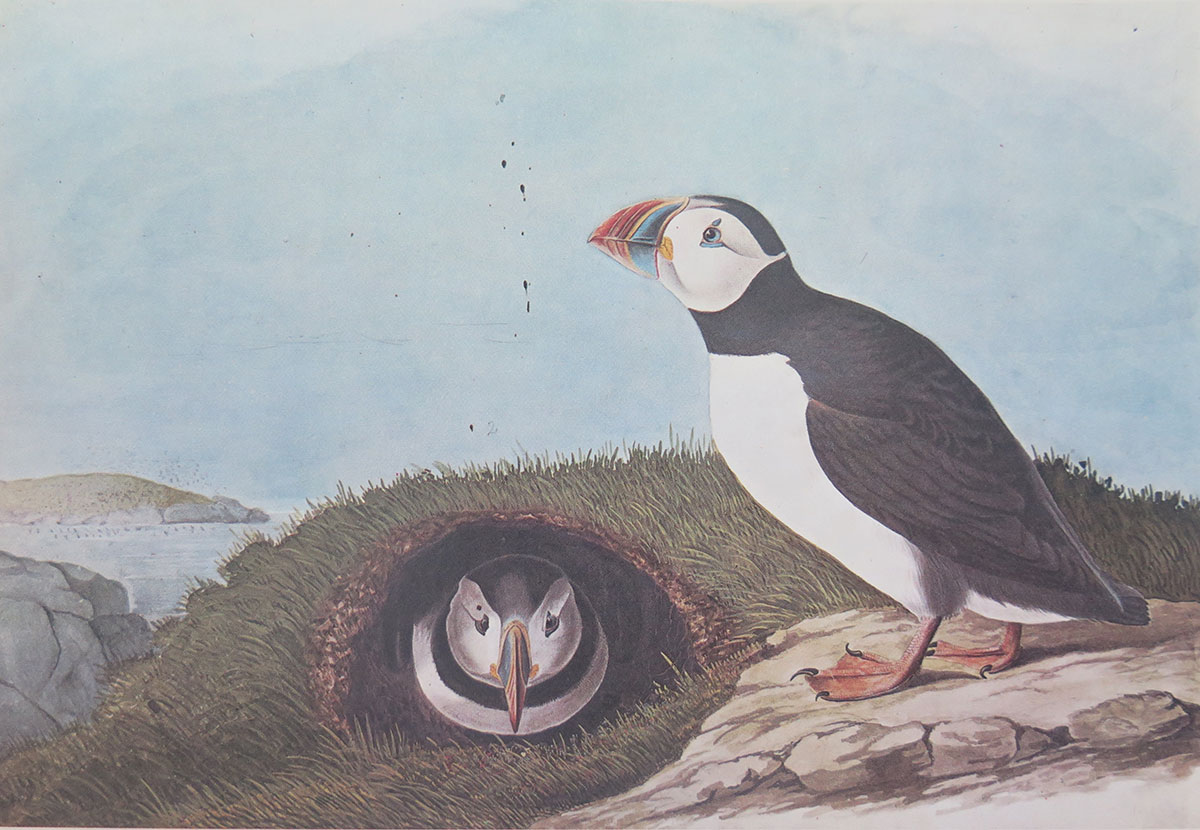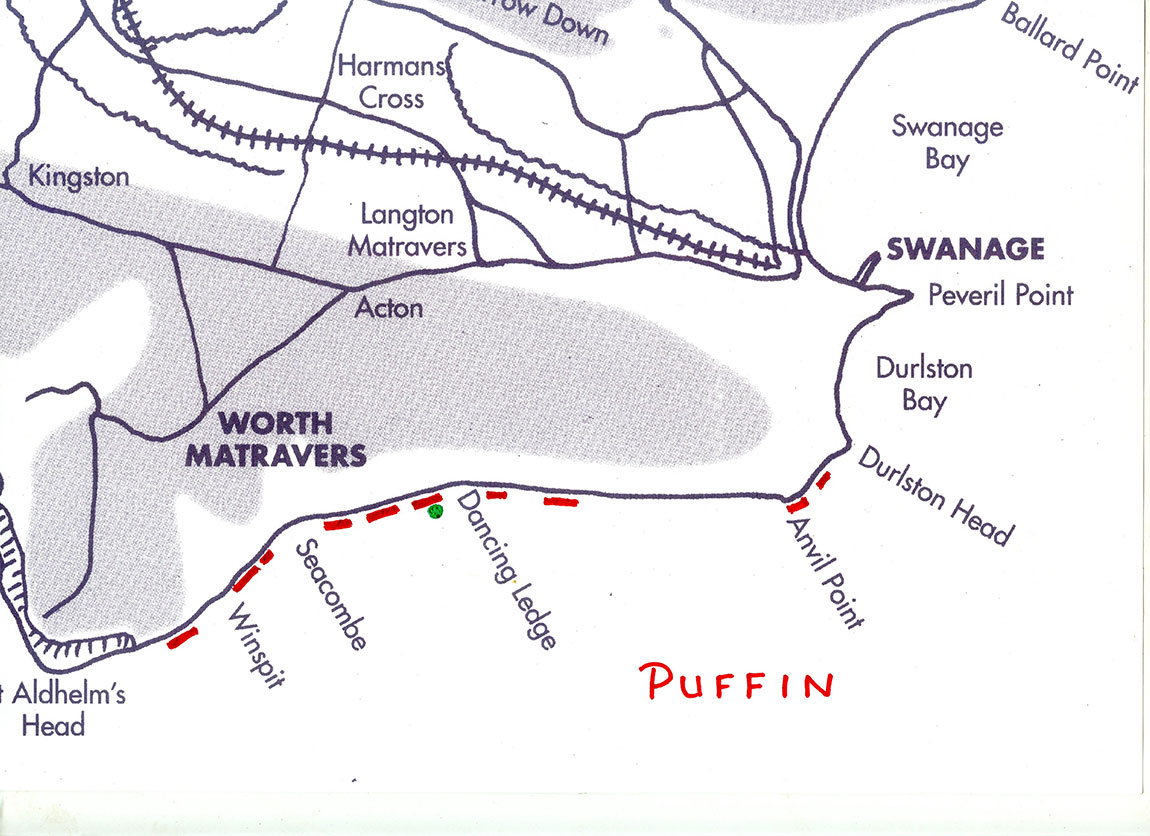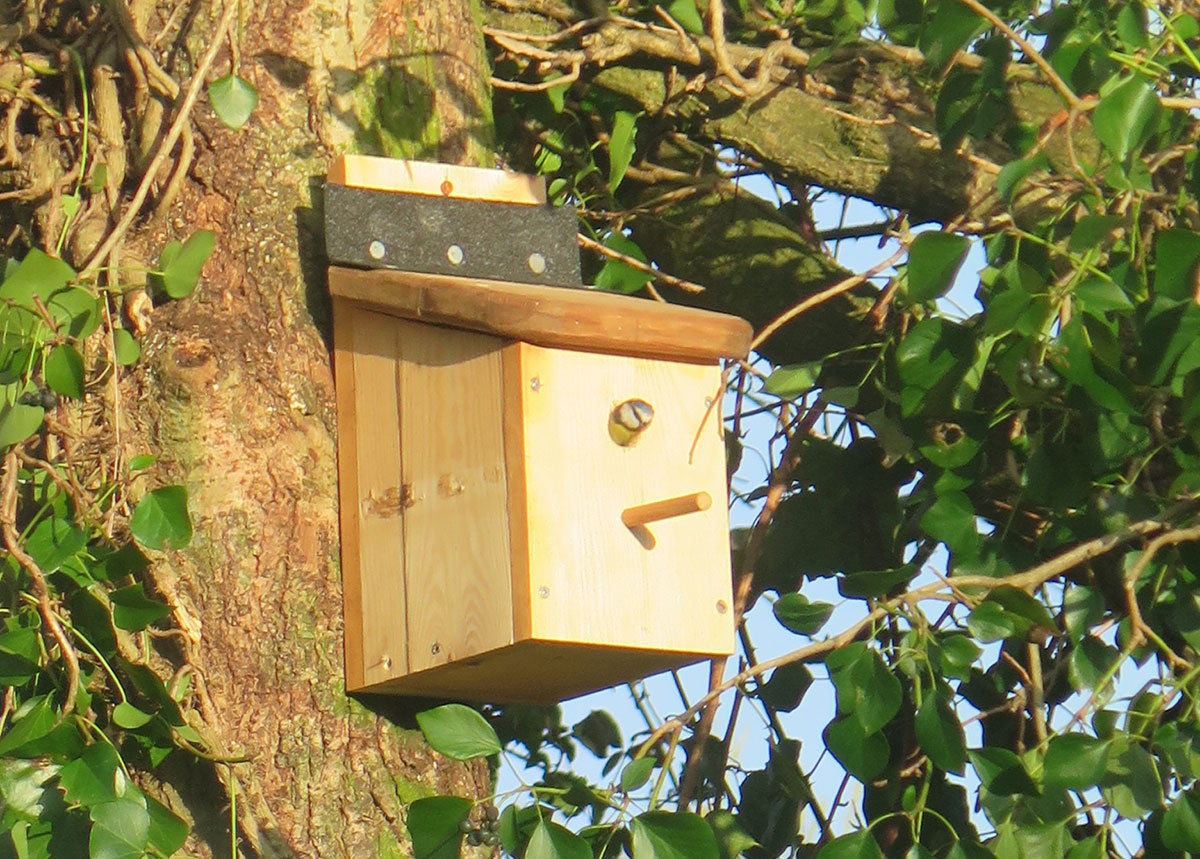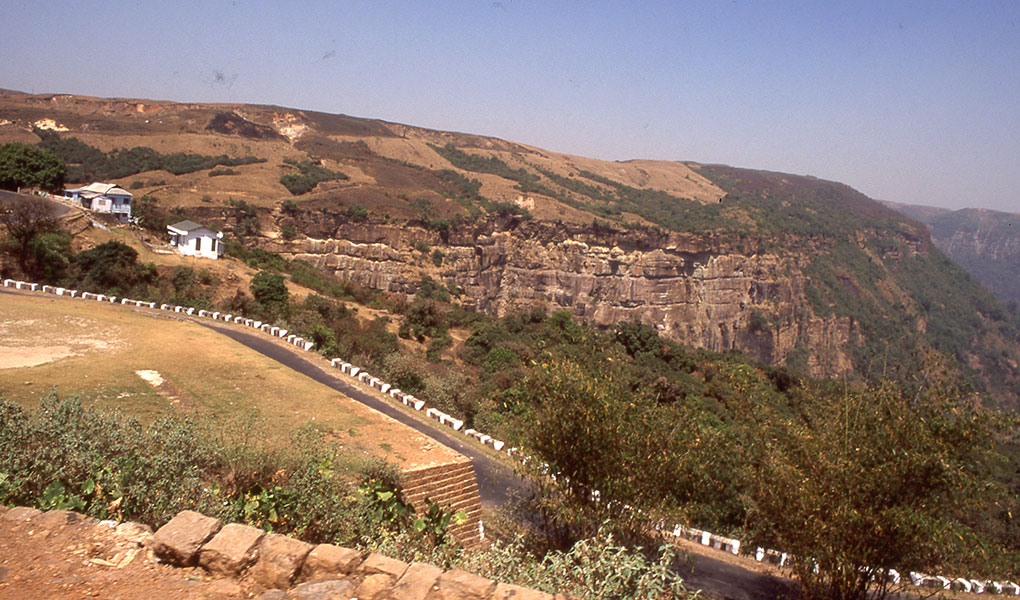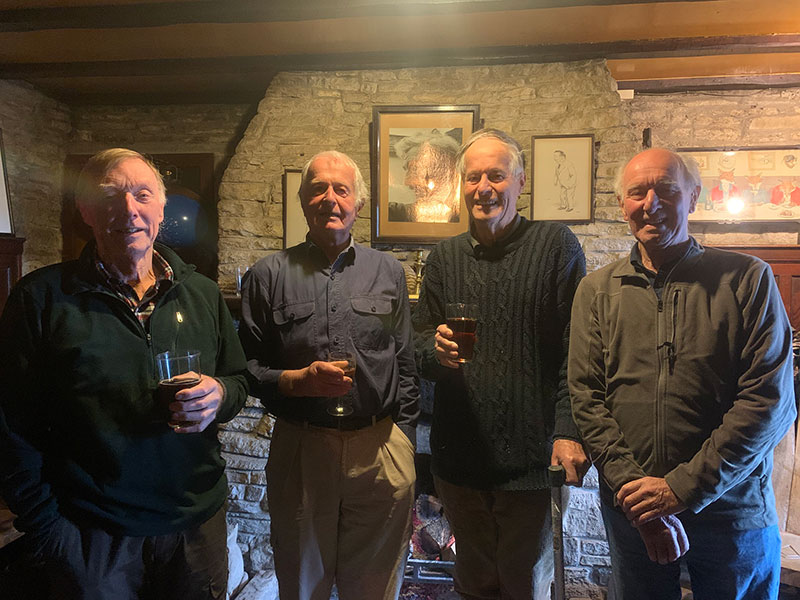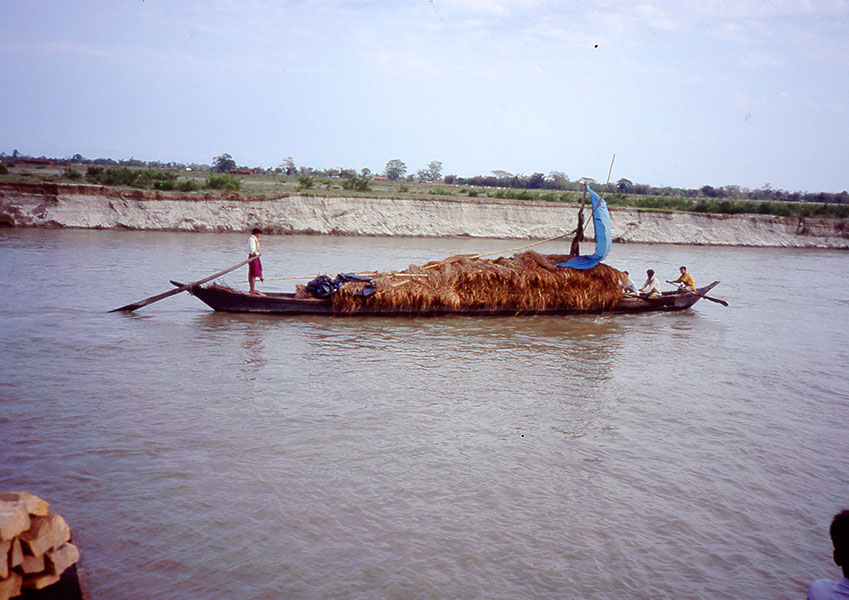46. The Last Day Of Winter
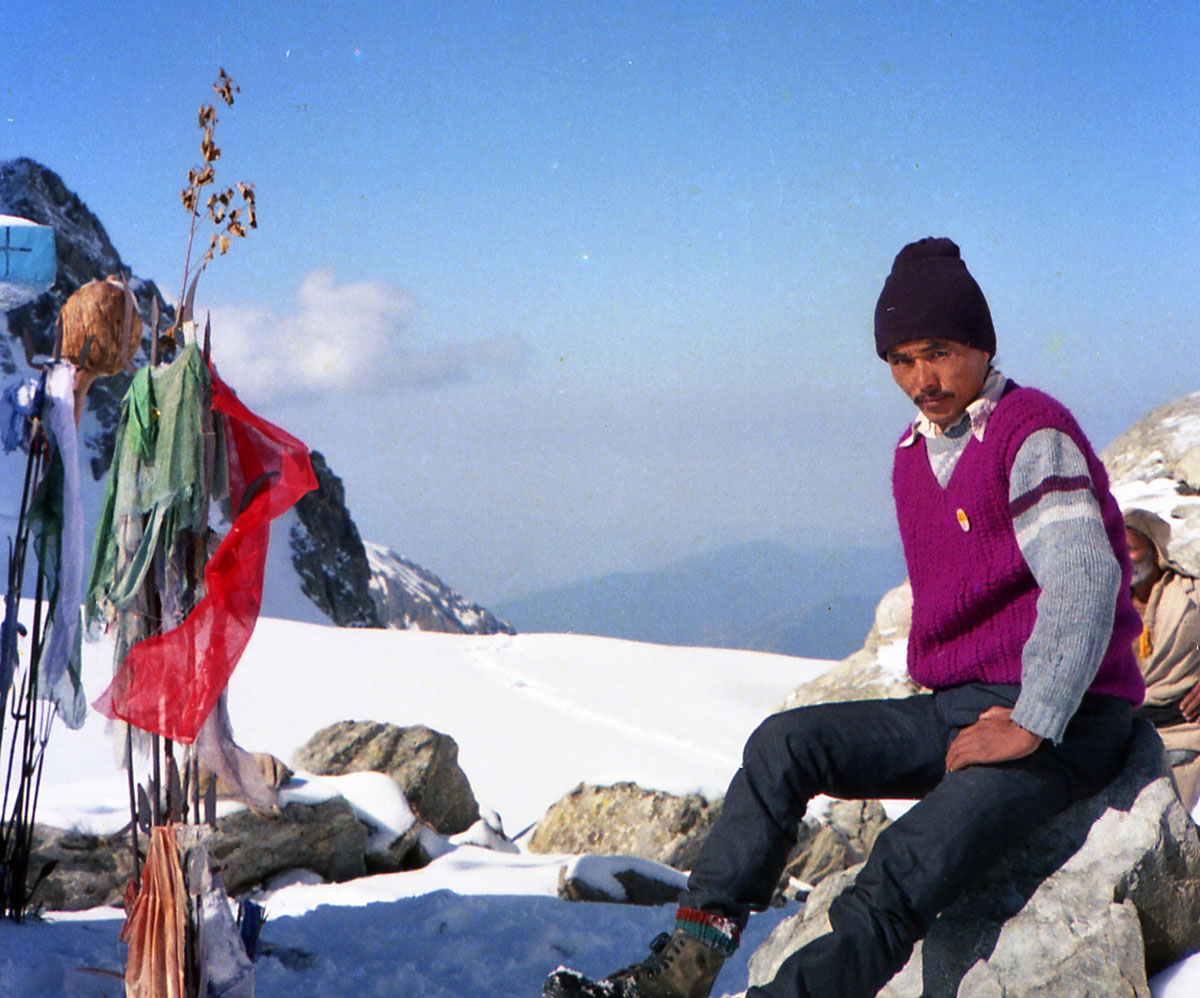
45. In Pursuit Of Murals Through The Himalayas 2
March 4, 2021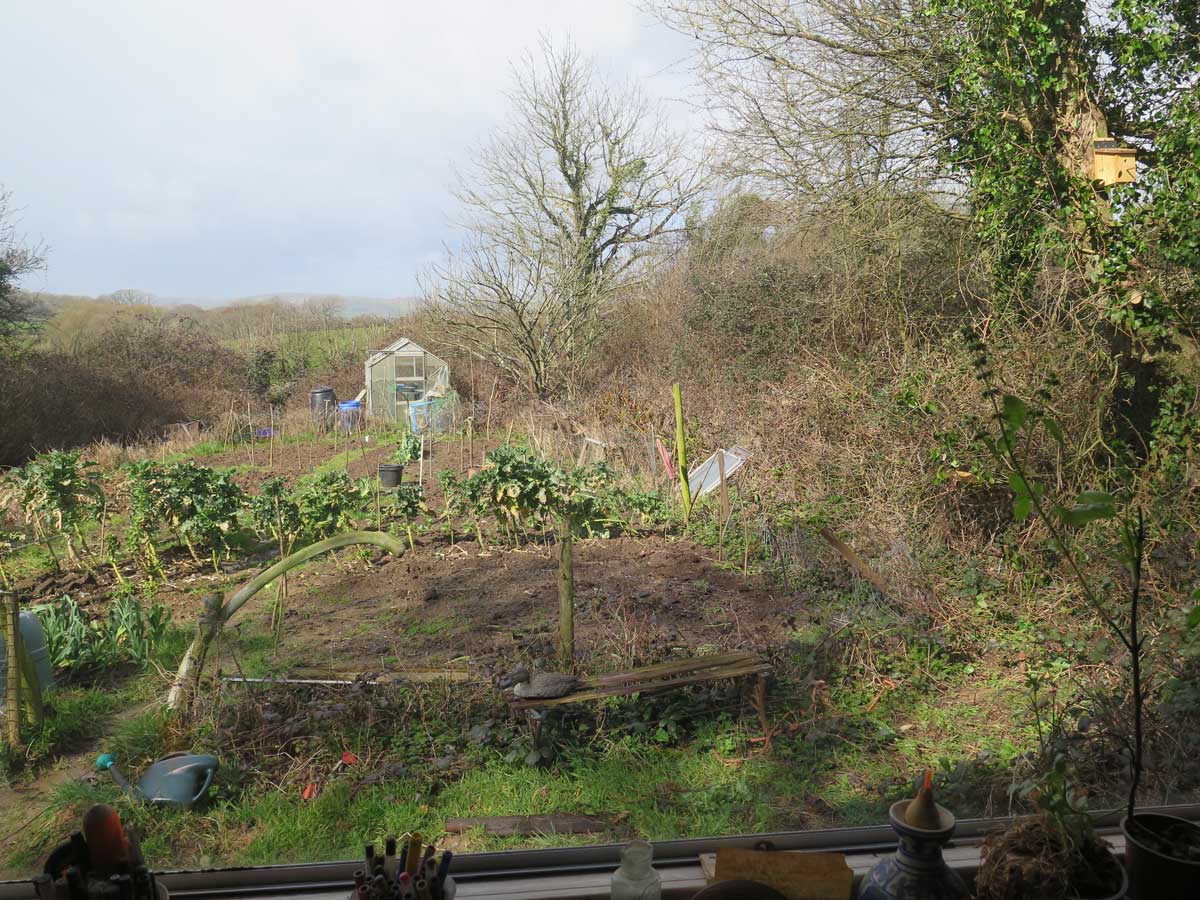
47. The Last Of The Weeklies
March 18, 2021B ack in Purbeck and in the present, escaping those short, cold December days towards a brighter warmth. In all these blogs I have steered clear of pandemics. In truth, they intrude little save for the donning of masks in shops.
So to the 28th February, last day of winter. Weeks of rain have surrounded the caravan with mud, which wanders indoors on my shoes. The last few nights have been clear, cold, freezing the ground and hardening that mud. I get up very early to the loveliness of silence. The nearest road, distantly audible in daytime, is still at peace. A sinking full moon silhouettes the trees and the tawny owls still hoot. Today, I left into the dawn across meadows white with frost. A pheasant, then a wood pigeon, calls. The day is waking. Along Dunshay's drive through trees daffodils are out brightly yellow, overshadowing the smaller, meeker and paler primroses. The white bells of snowdrops are quietly fading: their glory is the very start of the year, the first foray towards Spring. At the end of the drive the first blackbird sings, one of the commonest yet most mellifluous birds of European spring. A pair of ravens croak as they fly high overhead bound south-east. They will be making for Blackers Hole. As I climb over the wall into the field below Castle View the sharp upper rim of a red sun ascends through golden confusion. Glance back and the lemon moon sinks ever paler through the trees. A pair of robins, fighting viciously, rise and fall against the sky.
The route's familiar: to the top of the ridge then along rough Priests Way to a track southwards past well-quarried Queen's Ground and the cottage, Seaspray. Two pairs of Skylarks lift out of the grass, one briefly hovering to let out a few notes of song. Diminished by the morning light, the moon falls faintly out of sight. At Bachelor's Knap birds sing - a hedge sparrow's uninspiring jingle and the declining scale of a chaffinch. We knew that place as Badger's Knap as boys – too young to suspect that this is where the unmarried might meet, too young to appreciate the point of such meetings. Below, a stiff, chill breeze pewters the sea's surface, softening the lines of swell running towards the shore. Out at the Head the spring tide is flooding hard, churning the surface of the Race.
At the clifftop I make for a nasty little grey cupboard defacing the view like all other fly-tipped rubbish: something to do with a camera intruding into bird life on the cliff beneath. This is the only place puffins breed on England's south coast. Soon they will finally abandon it. That's why I'm here, to look for a first returning puffin. So far, my earliest date is 1st March, first day of spring. I want to push it back a season to February, end of winter. Direct and whirring chocolate and white guillemots fly in and out of Bird Cove, their breeding site. They are not laying yet, just socialising, as they do on pleasant early mornings throughout the winter. Strings of them form on the sea, sometimes diving in unison. Close to the cliff's foot are two more birds. Only one is a guillemot; the other has the grey-white face, scarlet beak and little red paddling feet of a puffin. So I have my February bird! The north-east wind is blowing both out to sea. When distance became too great for comfort, they take off, circle, and land again close in. I move to Scratch Arse (alas, it's real name), a small quarry a little to the west giving a view towards the puffin-breeding site although it will be half into the early sun's glare. There are only guillemots, an occasional Shag carrying nest material. A Rock Pipit pecks not two metres away.
The high tide beats hard against Dancing Ledge creating meringues of creamed-coffee foam which drift to join the off-shore white water. A weak diagonal line of foam runs from Hedbury towards the Head where the Race turns the water whiter. As I leave westwards, the increasingly bitter wind ripples the exposed crowns of the swells. A solitary man paddling a kayak into the rising sun scares guillemots from the cliff. The Magnificat invades my head: 'My Soul doth glorify the Lord; my soul doth hope in the Lord...' Is that right? Every faith has its own way of expressing wonder at the beauty of creation. I believe in none of their gods, but enjoy the expressions of man's joy at the surrounding mysteries which still evade science. What is Truth against Emotion? In childhood one responds unthinking to a situation. In old age on wonders, then analyses. Above Cliff Field two blue-sheened ravens poke at an anthill. Skylarks hover, the melody, frail to old ears, just breaking through the tinnitus.
Up Seacombe, sheltered valley with a warming sun and softer breeze. The gorse is still lightly-flowered but the occasional bush, early, has become a fiery explosion of yellow. The slight tones of Robin, a descending chaffinch, the coo of wood pigeons and, enhanced by so much rain, the burbling of the tiny torrent. A song thrush insistantly repeats.
Sipping tea, glancing over the untended garden, a little bird flutters up from the hedge, descends, then rises again: catching flies. It's a Chiffchaff – earliest I've ever seen. With global warming some Chiffchaffs winter in England, but not here. I await their return from Africa – so small coming so far! A friend phones, wanting to pick up some logs. The ground proves too soft for his lorry, so we shuttle wheelbarrows to and fro until it is full, his two little kids taking lifts in the empty returning barrows.
Then, taking up the current book, I doze in the sun. The blue tit pecks noisily away to widen the hole into a nest box Robert has made. Mine, rougher with a larger hole, stares from a further tree. A couple of smart great tits examine it briefly.

